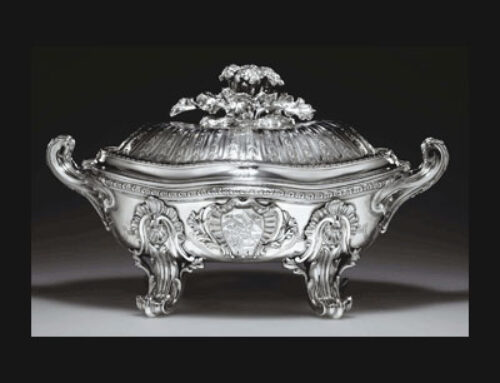Many of the techniques used in working gold and silver have remained unchanged for centuries. However craftsmen adapt new equipment that may originally have been developed for other disciplines, and this can affect both the construction and decoration of their work.
At any given time craftsmen in a particular town or country were particularly skilled in one technique, whether engraving, chasing or casting. Financial and political considerations also played their part in determining centres of excellence.
In the past tuition was through the apprentice system. Although this still operates to a certain extent, basic teaching is now given on a range of courses at colleges for those wishing to do both professional and amateur silversmithing. Most courses run tuition in other metals and jewellery alongside silver, and some institutions hold courses on specific techniques.
Most general books on silver have a glossary of terms that explain the differences between the principal techniques of raising, casting, spinning, soldering, chasing and engraving, for example. There are also numerous technical manuals.
Wayne Meeten, a leading contemporary British goldsmith has kindly contributed a series of photographs that show him making by hand, in 2015, a large vessel for The Goldsmiths Company: “Stillness in Flight 2” . Further information is available on his web site www.wvmstudio.com.
See silversmithing stakes for information about our offer of foundry stakes.
See links for sites relevant to contemporary silver and education.
View list of relevant Silver Studies articles




